When you compare today’s MLS to what it looked like in its inaugural 1996 season, the league is almost tactically unrecognizable. Even ten years ago, virtually every team sported nearly identical 4-2-3-1 formations. Don’t get me wrong: there is still a heavy dose of 4-2-3-1s in the league. But with more talent and an influx of new coaches and ideas, MLS’s tactical landscape is more diverse today than it ever has been.
With that tactical diversity in mind, here’s the second part of a two-part series where I briefly break down every MLS team’s tactical system. Last week, I broke down every Eastern Conference team’s tactics in just about 100 words. This week, we’re doing the same thing with the West.
Onwards!
AUSTIN FC
Coach: Josh Wolff
After a rough expansion season, Austin has emerged as a bonafide playoff team and is finally playing the attractive brand of soccer that supporters expected when Josh Wolff and Claudio Reyna were hired as manager and sporting director, respectively. Wolff and Reyna, former USMNT teammates, have built a positional-based system very similar to what Wolff learned from former boss Gregg Berhalter with the Columbus Crew and the teams that Reyna helped build at NYCFC.
Austin’s core philosophy is that, generally, the best defense is to hold on to the ball and not let your opponent attack. Austin likes to play out of the back in a 4-2-3-1, keep possession, and counter-press when they lose possession to get the ball back quickly. They’re sixth in the league in pressures in the attacking third, according to FBRef.
COLORADO RAPIDS
Coach: Robin Fraser
If you’re looking for two words to describe the Robin Fraser era in Colorado, I’d like to recommend “tactical flexibility”. While the three-at-the-back formations that Fraser leaned on heavily to top the Western Conference in 2021 are back this year, the Rapids’ approach inside those formations varies greatly from game to game. Fraser will adjust everything from the formation to how deep the defensive line plays to where and when the Rapids apply pressure on a game-by-game basis.
The big key for Fraser is making the tactical adjustments needed to create and exploit a numerical advantage somewhere on the field. With Colorado sitting in 12th place in the West right now, there hasn’t been enough of that exploitation this year.
FC DALLAS
Coach: Nico Estevez
Nico Estevez, a former U.S. men’s national team assistant coach, is the second manager out in the Western Conference that comes from the Berhalter coaching tree. Berhalter is just 48, but he already has quite a few branches on that tree. Under Estevez, FC Dallas uses a very similar 4-3-3 shape to the one that Berhalter uses with the national team: there’s almost always at least one inverted winger, Jesus Ferreira drops in, the fullbacks get forward on the overlap, and they counter press aggressively in the attacking third after losing possession of the ball.
The tactical camera footage from Ferreira's first goal last night is awesome. Phenomenal team goal from Dallas. pic.twitter.com/F17MtwSdUB
— Joseph Lowery (@joeclowery) March 20, 2022
HOUSTON DYNAMO
Coach: Paulo Nagamura
So far in 2022, Paulo Nagamura, the former Sporting Kansas City II/Swope Park Rangers manager has mostly relied on a 4-2-3-1. While defending, Houston tends to drop its defensive block deeper than most teams – they rank last in MLS in pressures in the middle third, per FBref. In possession, Houston relies on individual creativity, mostly from Darwin Quintero, to generate attacking production.
MLS leaders in expected non-pen goals + expected assists per 90 minutes (min. 700 minutes) this season:
— Tom Bogert (@tombogert) June 9, 2022
1. Taty Castellanos - 0.79 xG+xA
2. Hany Mukhtar - 0.78
T-3. Jesus Ferreira - 0.70
T-3. Darwin Quintero - 0.70
T-5. Diego Rubio - 0.64
T-5. Lucas Zelarayan - 0.64
Now that Hector Herrera is here, we’ll have to stay tuned to see if Nagamura makes any tactical adjustments for his new Mexican star. Adding a player like Herrera to the midfield could help that attacking group find more space and opportunities.
SPORTING KC
Coach: Peter Vermes
Sporting Kansas City has always had a strong tactical identity under Peter Vermes. That’s true this year, too, even though SKC is struggling near the bottom of the Western Conference. Vermes is best known for his set-in-stone 4-3-3 formation, which his team is still using this season. During build-up, Vermes likes to position his wingers wide and his No. 8s in the halfspaces to really stretch the opposition’s defensive shape. In the attacking phase, wingers will attack inside on their strong foot and open up space for the fullbacks to overlap on the outside.
LA GALAXY
Coach: Greg Vanney
Unsurprisingly, much of what I wrote about Fraser prioritizing tactical flexibility and trying to create numerical advantages rings equally true for Greg Vanney, his former teammate and coaching partner. However, this year, Vanney has been caught in tactical limbo. If you sort the Galaxy’s roster by goals added, three wingers (two of them are DPs!) are the worst-performing players on the team: Douglas Costa, Kevin Cabral, and Samuel Grandsir.
Combine that with strong production from backup striker Dejan Joveljic, who is also the best chess player in MLS, and you have a legit argument that the Galaxy should ditch their 4-2-3-1 and start using a two striker formation like they did last week.
I spent some time in LA this past week. As I watched the Galaxy's 1-1 draw with the Portland Timbers, I couldn't help but wonder if it's time for Greg Vanney's team to evolve.
— Joseph Lowery (@joeclowery) June 20, 2022
More on that here for @Backheeled.https://t.co/rjwALToJqw
LAFC
Coach: Steve Cherundolo
With Bob Bradley leaving for Toronto, one of the big questions facing Steve Cherundolo after his promotion to first-team manager was how much of Bradley’s tactical approach would he keep in place at LAFC? The answer to that question? Pretty much all of it. LAFC prefer a 4-3-3 shape and have kept an emphasis on possession (they rank seventh in the league with 54.1%) and an intense pressing focus (they rank second in the league in attacking third pressures only behind the New York Red Bulls).
Now it’s up to Cherundolo to figure out how to fit newcomers Gareth Bale and Giorgio Chiellini into his team.
LAFC are making moves right now in MLS. With one of the deepest squads in league history, LAFC should be trophy favorites.
— Backheeled (@Backheeled) June 27, 2022
More on that here, via our Today in American Soccer series. pic.twitter.com/O7Fy0Y9K08
MINNESOTA UNITED
Coach: Adrian Heath
We know two things about Adrian Heath: he only owns a single white dress shirt and he only uses a 4-2-3-1. I’m pretty sure that when the 4-2-3-1 formation has to put down an emergency contact on some sort of medical documentation, it puts Adrian Heath’s name on the little black line.
When they defend, Minnesota United will typically sit back in a 4-4-2 block, try to win the ball, and then counter attack quickly. That’s when Emanuel Reynoso gets to go to work. Nothing Minnesota does is terribly spectacular in a strategic sense, so in the spirit of Heath, who doesn’t much care for tactics, we’re going to keep moving.
Solid but brief postgame tirade from Adrian Heath #MNUFC pic.twitter.com/8HtTF6MzEn
— CJ Fogler AKA Perc70 #BlackLivesMatter (@cjzero) November 5, 2020
NASHVILLE SC
Coach: Gary Smith
Last year, Nashville really focused on developing their defensive identity. Their tactical strategy revolved around compressing space and then getting the ball to Hany Mukhtar on the break. That helped generate results, but was a little tough on the eyes from a neutral perspective.
In 2022, hard-nosed defending via a Walker Zimmerman-led backline and getting Muktar the ball in space are still core parts of Gary Smith’s identity. However, Nashville, despite getting no production from Ake Loba, has become more dynamic and interesting to watch on the offensive end. In particular, Nashville has been able to use its fullbacks in the attacking phase to generate better quality shots. The need for a bonafide second scoring option to remove some of the burden from Mukhtar is still a concern, but that’s more of a roster-building problem than a tactical one.
PORTLAND TIMBERS
Coach: Giovanni Savarese
Under Giovanni Savarese, Portland is another team that typically lines up in a counter attacking 4-2-3-1. For years now, the lynchpin of Savarese’s tactical setup has been holding midfielder Diego Chara, who provides an outlet by dropping in between the two center-backs. With the Timbers’ fullbacks typically playing high and wide, this temporary back three helps create the space to beat the press and progress the ball rapidly up the field.
Then in transition, Eryk Williamson can drive the ball forward and feed the attacking line of three.
The thing Williamson does so well is to dribble at the defense enough to draw defenders to him -- or at least freeze them, as here -- then have the vision & touch to play into the gaps his on-ball threat creates.
— Matthew Doyle (@MattDoyle76) July 9, 2022
Gives a different dimension to this Portland midfield. pic.twitter.com/p3Thc5anuq
REAL SALT LAKE
Coach: Pablo Mastroeni
Pablo Mastroeni of “stats will lose to the human spirit every day” fame is more renowned for his man-management and motivational ability than for his tactical work. With Mastroeni in charge, RSL don’t build out from the back, they don’t play cute short passes, and they don’t have a complicated pressing system. Mastroeni’s tactical approach is based on direct passing and long balls, winning those long balls, and creating chances from there.
Per FBref, Real Salt Lake rank fourth in the league in long passes and their goalkeepers dominate the long passing categories on both goal kicks and non-goal kicks.
SAN JOSE EARTHQUAKES
Interim Coach: Alex Covelo
Matias Almeyda’s exit from San Jose was probably one the least surprising developments of the 2022 MLS season. Almeyda developed the Earthquakes into a chaotic, fun-to-watch team, but that same chaotic nature is what ultimately held them back from any sort of sustained success. The biggest change that interim manager Alex Covelo, who was promoted from within the organization, has made is scrapping Almeyda’s man-marking defensive setup for a more structured one. Offensively, the Earthquakes sport a league-leading 59.1% possession figure and prioritize short passes in their 4-2-3-1.
SEATTLE SOUNDERS
Coach: Brian Schmetzer
With Jordan Morris back in the lineup, Brian Schmetzer brought back the 4-2-3-1 in 2022 – and with it came another trophy.
HOLY JORDAN MORRIS 🔥 pic.twitter.com/4wh4skTZWe
— Seattle Sounders FC (@SoundersFC) June 30, 2022
Stylistically, Schmetzer tends to play more aggressively at home than on the road, using a more intense pressing system to dictate the tempo at home while defending much deeper away from home. The Sounders are dealing with injuries right now and still have some climbing to do out West, so Schmetzer may need to play around with some of his team’s positioning. Fortunately for Seattle, they spent much of 2021 in either a 3-4-3 or a 3-5-2 and they have the advantage of being tactically flexible.
VANCOUVER WHITECAPS
Coach: Vanni Sartini
After helping the Whitecaps escape the Marc Dos Santos-induced purgatory that they were stuck in last season, Vanni Sartini was rewarded with the permanent job in Vancouver. While Sartini experimented with various midfield shapes at the beginning of this season, he has largely settled on a 3-4-1-2. The Whitecaps love to press out of that shape and create transition opportunities.
According to Second Spectrum, Vancouver has the third most pressures in the final third per game in the entire league. They’re not afraid to step to you.


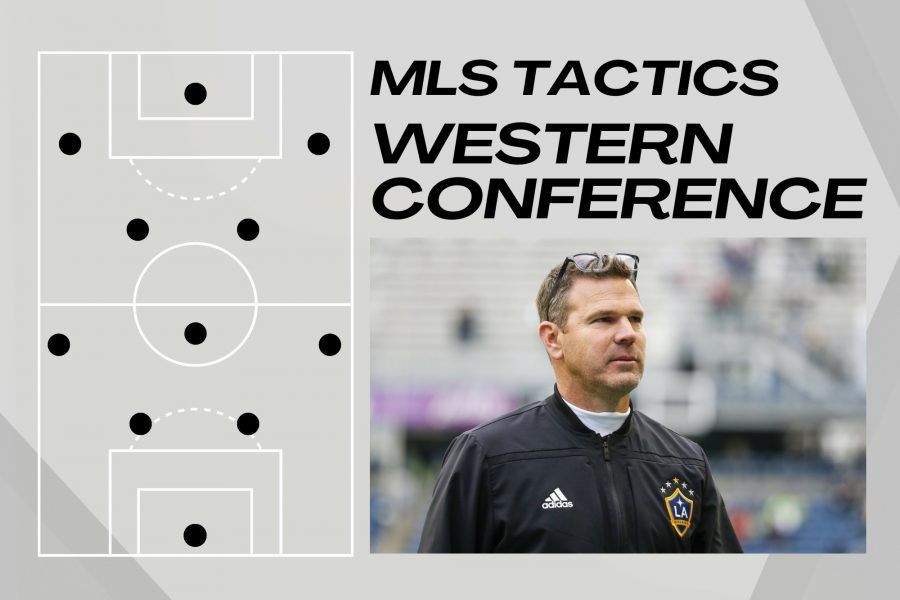
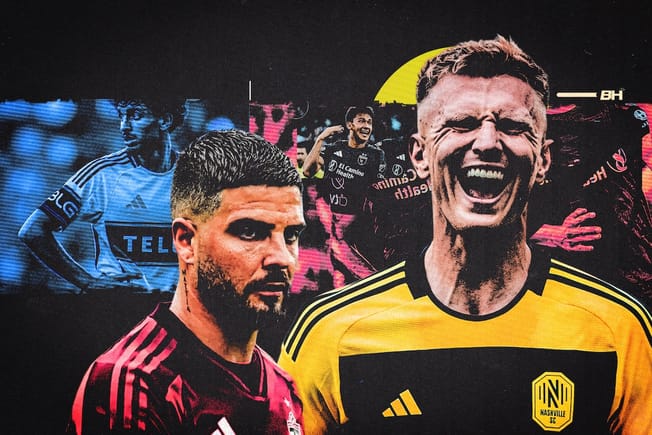
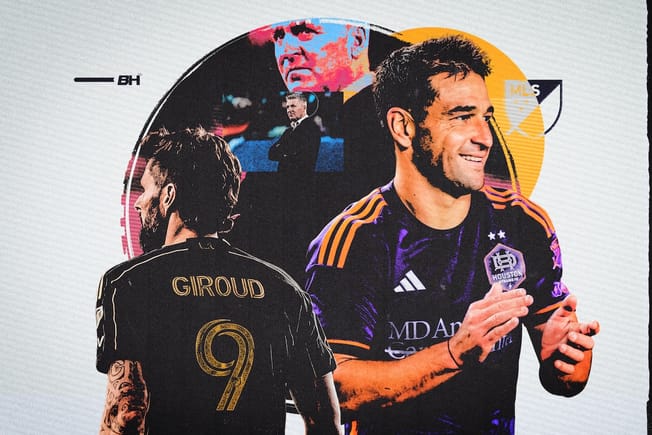
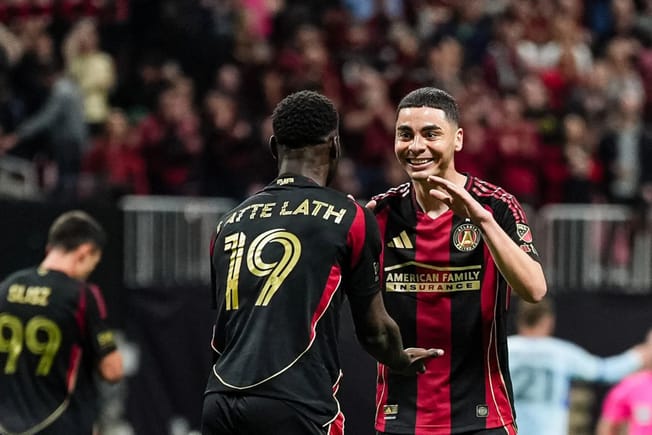
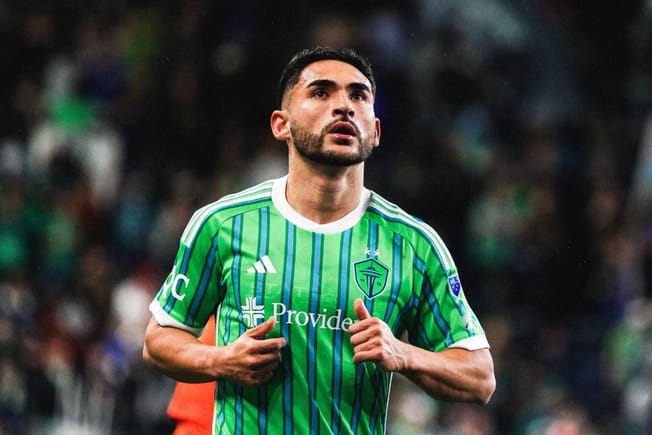
Comments